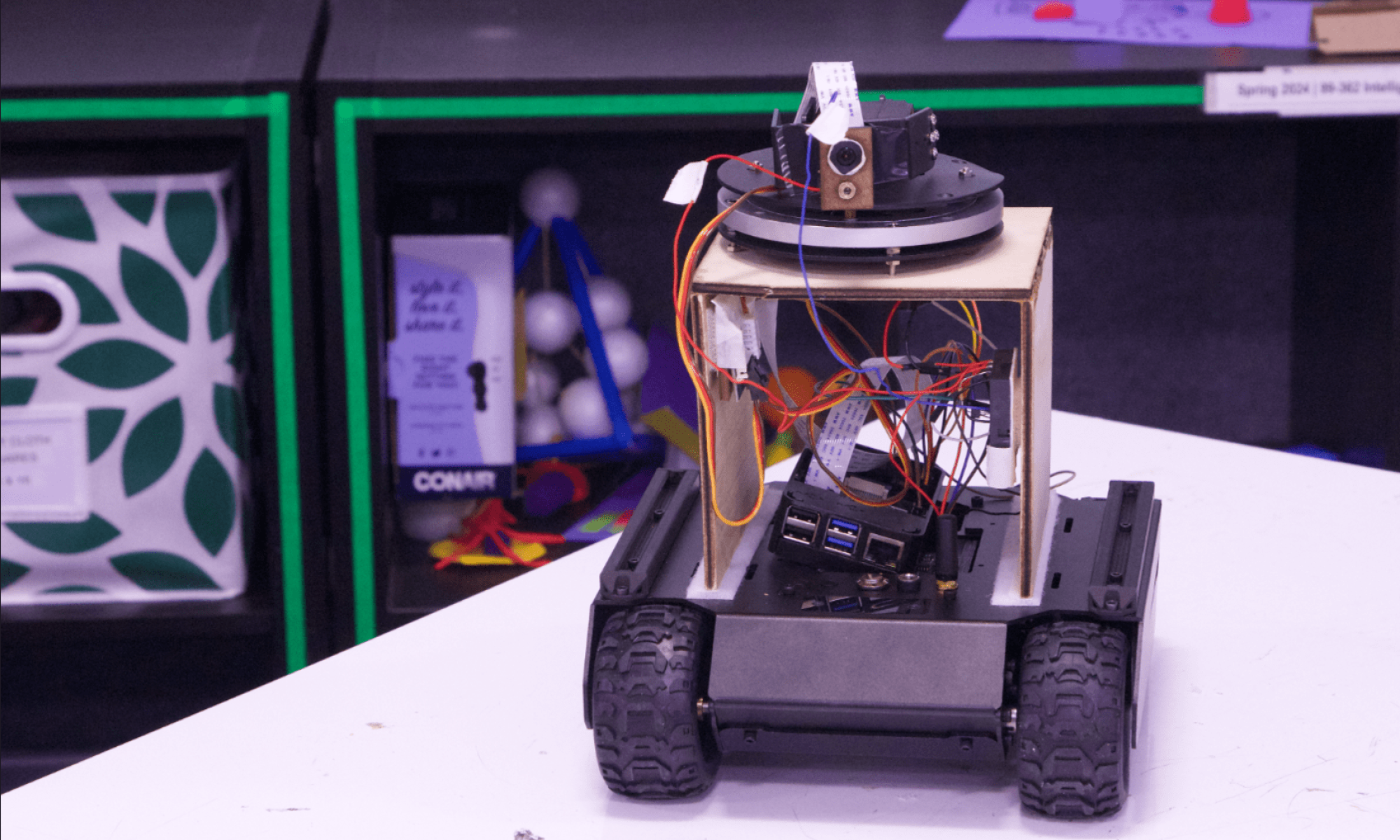Significant Risks and Contingency Plans
The most significant risk to our project right now is getting the entire rover together and assembling the various parts. A lot of our subsystems are working in parallel right now, so assembling it onto the rover might involve dealing with some integration of these systems. Additionally, because we’re running so many processes on the rover, we must figure out if the Raspberry Pi can handle execution of multiple processes. This potentially might involve using another Raspberry Pi, so we must figure out a way to power and mount the other Raspberry Pi if this system change is needed. The contingency plan for this is to get a small portable power supply and strap that onto the rover in case the rover cannot power two Raspberry Pis. We might get one anyways so that no drive time is lost when using two Raspberry Pis.
There is also a risk that the rover cannot turn completely accurately. There is an inconsistency every time I run the same code, causing perfect 90 degree turns to not be possible. This is definitely concerning, causing for investigations into a possible “randomized” search algorithm, or a way to have sensors to allow for the rover to turn properly. This could perhaps involve the camera feed as such a sensor.
System Changes
As of right now, there are no major system changes apart from the one discussed above. We have to figure out if the Raspberry Pi can handle the execution of our multiple processes concurrently. If this is not possible, there will be a system change with the use of two Raspberry Pis and a portable power supply to power one Raspberry pi.
Other Updates
For our interim demo, we created our updated Gantt Chart to reflect our progress and planning for our future. There has been no change in this schedule, and we plan on starting complete testing and validation of our rover soon.
Validation and Verification
We have been using a series of unit tests to test out the functionality of our subsystems, which is discussed in our individual status report. For the testing of our system, we are going to conduct a variety of scenario tests. We will be monitoring all of our subsystems like the CV server and the website visually to make sure everything is going smoothly. We will also visually inspect if the rover is able to consistently travel in a creeping line search pattern and if it can accurately detect and point a laser pointer at a human. This will be done by making sure that the rover doesn’t miss a human and the rover is able to stop, turn, and point the laser at the human accurate to ±1 feet. We will also be measuring the time taken for the entire process of human detection using timestamps on each of our subsystems. This will ensure whether we’re meeting our 50ms latency requirement.
